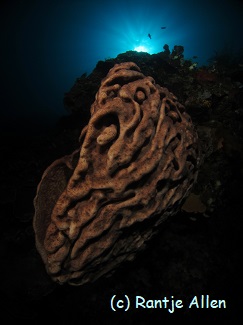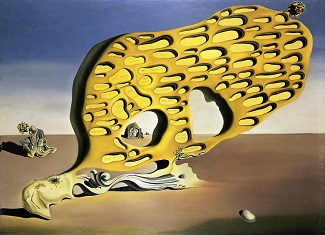Loading content - please wait...
President Megawati Visits Gorontalo

On October 11th when President Megawati Soekarnoputri visited the waters off Gorontalo, she viewed underwater photographs. Miguel’s Diving staff felt honored to be invited by Fadel Muhammad, Governor of Gorontalo Province, to display two frames of photographs aboard the Indonesian navy vessel Tanjung Dalpere.
Photos from Friends
Several months ago, Paola Bearzi had eleven amazing photographs printed from the slide originals. She and her husband Massimo took these in Gorontalo earlier this year. They are actually the first underwater photos ever taken in Gorontalo. These beautiful prints were arranged in two large glass frames with subtitles in English, Latin and Indonesian. Both were displayed on the naval warship when everyone came on board. These included the president, her husband, three governors and several cabinet ministers, as well as other government officials and the press. Ceremonies were held in the waters of Tomini Bay off the Togian (Togean) Islands in in Central Sulawesi Province. The president inaugurated several government programs related to fisheries and coastal development. One new program is a vessel monitoring system. Its purpose is to insure that large fishing vessels have legal permits and are operating according to Indonesian law.
President Megawati’s Historic Visit
The presidential party actually arrived by helicopter. They landed on the flight deck of the navy vessel. After ceremonies on board, the president and other dignitaries boarded a smaller vessel to greet local people on the islands. The digital photo of President Megawati and her husband disembarking from the naval ship to return to Gorontalo is courtesy of Michel DeJean of Collecte Localisation Satellites. Merci beaucoup, mon ami!
One of the frames of underwater photos viewed by President Megawati is on display at baggage claim at Jalaluddin Airport in Gorontalo. The other is at the branch office for Miguel’s Diving in Gorontalo City.







